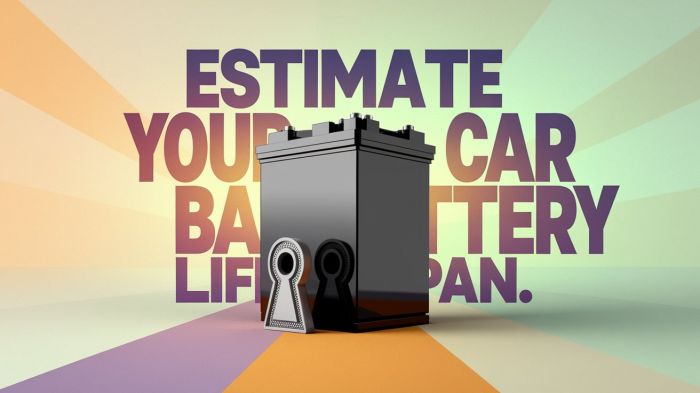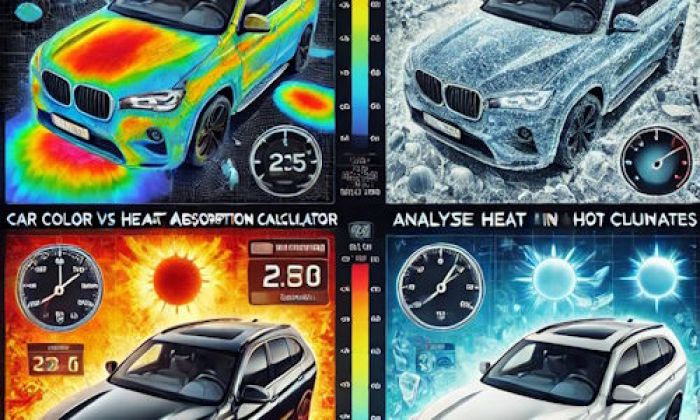If you have a hard time firing up your engine, and you notice increased fuel consumption as well as poor idle stability, you might be interested in sticking with us until the end! Generally, engines require a couple of things, as you might have guessed, to work most optimally.
Electrical power supply problems highlights
- DIY repairs:possible (sometimes)
- Tools needed:electrical tools,basiccar repair tools
- Commonreasons:battery or alternator problems, wiring issues, power distribution problems
- Time to repair:2 - 5 hours
- Price for parts:$10 - $350
- Can you drive?In most cases, no
- Alternative solutions:jumping, roadside assistance

Fuel Injection - The Basics
In the past, the vehicles that the manufacturers produced depended on using carburetors to get the fuel to the engine.
A carburetor is a mechanical device that mixes air and fuel and supplies the engine with the fuel so that it can perform optimally.
Its biggest disadvantage is that the cylinder engine can't give each cylinder the same mixture of fuel and air.
Today, however, the idea of mechanical injection systems has been replaced with one that relies on electrical power. Mainly, the electrically infused injection system depends on a lot of sensors that tell the processor exactly how much fuel, and at what interval should it be injected into the engine.
Electrical injection systems have proven to better utilize the engine performance and at the same time yield the best fuel consumption. These systems are made up of a couple of components these being:
- Fuel rail
- Fuel injector
- Fuel pump
What is a Fuel Injector?
As we've mentioned above a fuel injector, no matter its type is a device that serves the purpose of injecting fuel into the engine. Basically, the injector forces the fuel into the combustion chamber at a precise interval and supplies the engine with the fuel.
Newer vehicles and engines also have newer electrically controlled injectors. Those injectors depend on ECM (electronic control module) which gathers information from various sensors to generate the pulse that controls the fuel injector.
There are two types of fuel injectors:
- Gasoline Fuel Injector - The gasoline fuel injectors are usually placed in the intake manifold, or even directly into the combustion chamber in some cases. The gasoline fuel injectors are used to inject gasoline in various ways, for example: through the intake manifold, directly into the engine, and through the throttle body. These injectors are spark-dependent.
- Diesel Fuel Injectors - The diesel fuel injectors spray diesel (substantially heavier fuel than gasoline) directly into the combustion chamber for compression ignition. Diesel fuel injectors require much more pressure than gasoline injectors and do not need spark plugs.
How does Fuel Injection Work?
Fuel injectors supply the engine with fuel in a variety of ways.
The injectors are based on a system that revolves around PWM. What happens is that the fuel injectors will receive a signal that is sent by the PWM and on its command, it will open the electromagnet and relocate the piston.
With the fuel being under pressure it will escape in controlled amounts. These amounts are controlled by the ECM and determined by pulse width.
Moreover, there are three different variants of fuel injection systems that you can come across. Those being:
- MPI - Originally developed for aircraft engines but now used in many land vehicle systems. MPI has injectors located on the intake manifold, which point toward the intake valve. The fuel is injected by the injector into the intake manifold.
- SPI - The SPI injection system translates to single-point injection. This variant only has a single injector located on the throttle body. It is usually the weaker of the three and is used when transitioning to the EFI system.
- GDI - The most modern of the three injectors, the GDI basically means direct fuel injection. This system has the fastest way of supplying fuel injection directly into the combustion chamber. It is the most optimal of the three in many scenarios.
The cause of no Injector Pulse
Now that we know how the injectors work we can determine what issues may be at hand. Basically, when the fuel is injected a concoction of air mixture is made inside the intake manifold.
Also, the fuel injector sensors will at the same time send a signal that will determine the exact amount of fuel that needs to be supplied.
The signal that determines the amount of fuel that is being pumped is controlled by various readings and data which come from the sensors. Those readings can include things such as exhaust gas composition, temperature, workload, etc.
The most important sensors are the crankshaft and the camshaft sensors. These sensors determine the precision and correctness of the output signal that is traveling from the ECU to the injectors.
To check for problems the injectors need to be tested while the ignition is on because that is the only way for us to determine why the injector pulse is absent.
This problem of no injector pulse can be traced down to a simple lack of power - no power input. There are three main causes of this problem and we will look at each one separately.
- Blown Fuse and Relays
If your engine doesn't fire up, you might have a blown fuse. Although modern cars are supplied with systems that have multiple fuses to protect the electronic parts it always pays to examine every symptom that the vehicle might be showing.
Considering that the blown fuse is related to fuel injectors and the ECU, it will basically prevent the injectors and the ECU from getting power. This might also occur if the relay which is related to engine ignition starts failing. The cause of failure can be a simple short circuit after which the injector pulse will disappear.
So basically, if the fuse is blown the motor will stop working as the injectors aren't getting any power at all.
If everything is alright with the fuse and relays, you should further your inspection.
- Faulty Fuel Injector
It's important to note that fuel injectors themselves can go bad and break.
For example, another layman way of determining whether you have a faulty fuel injector is to check the cylinder without the injector pulse.
It is good practice to disconnect them one by one until the engine starts working and the signal presents itself again. After that, simply replace the fuel injector that exhibited the defect.
One more good way of testing the fuel injectors is to measure the resistance of all the injectors and compare that value with the highest and the lowest.
Usually, if the result comes back and is out of the specified range, you will need to replace the injector. As like with every vehicle problem, it can by itself cause other negative consequences if left unattended for a while.
- Bad wiring
Although this is a rare scenario it can happen, the wires can get disconnected or damaged, so it's always good to check the power supply and everything connected to it.
If this is the case, you are in luck because you simply need to re-connect the ports more firmly or switch the fried wires.
- Faulty ECU
Lastly, if nothing that we've talked about works for you, you might have a broken ECM on your hands. In this case, the vehicle should be taken to a car professional who will be able to change the old ECM and fix you a new one!
If you feel competent enough you can always try to do it yourself but an ECM is not something that is easily replaced, so we strongly advise against it.
Conclusion
By now you've hopefully identified why sometimes there is no injector pulse while cranking with the help of this article. Out of many things that can present such a problem we've covered the three main ones, those being: blown fuse, bad electrical relays, and bad wiring.
If you've checked all of the above-mentioned causes and the problem still persists it's always best to consult a professional car mechanic as you might have a bad ECM.
A great way to ensure your fuel injectors stay in good shape is to use fuel additives that clean the injectors and increase their performance. Keep your car healthy and stay safe!
About the authors
The CarAraC research team is composed of seasoned auto mechanics and automotive industry professionals, including individuals with advanced degrees and certifications in their field. Our team members boast prestigious credentials, reflecting their extensive knowledge and skills. These qualifications include: IMI: Institute of the Motor Industry, ASE-Certified Master Automobile Technicians; Coventry University, Graduate of MA in Automotive Journalism; Politecnico di Torino, Italy, MS Automotive Engineering; Ss. Cyril and Methodius University in Skopje, Mechanical University in Skopje; TOC Automotive College; DHA Suffa University, Department of Mechanical Engineering






Add comment